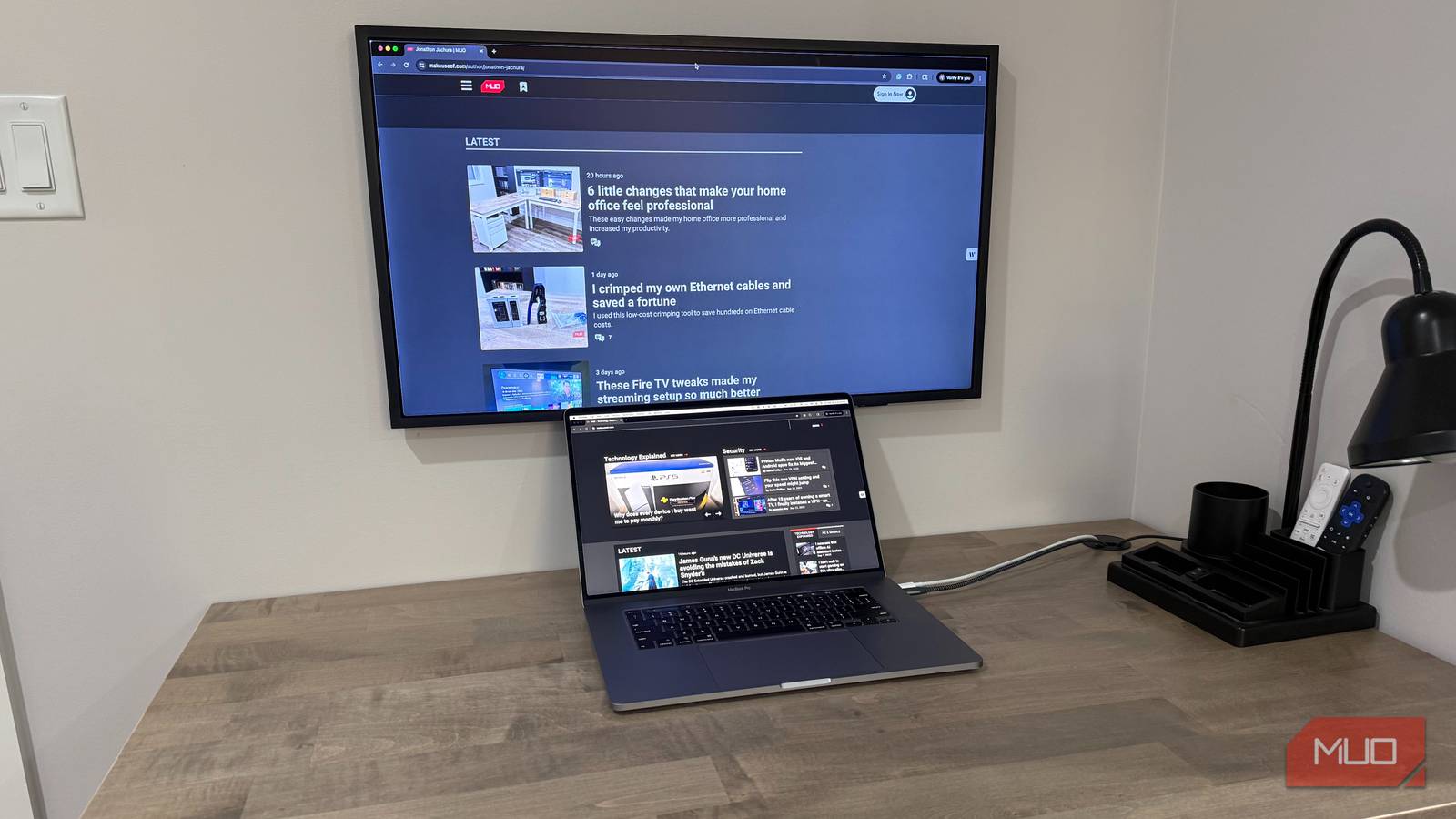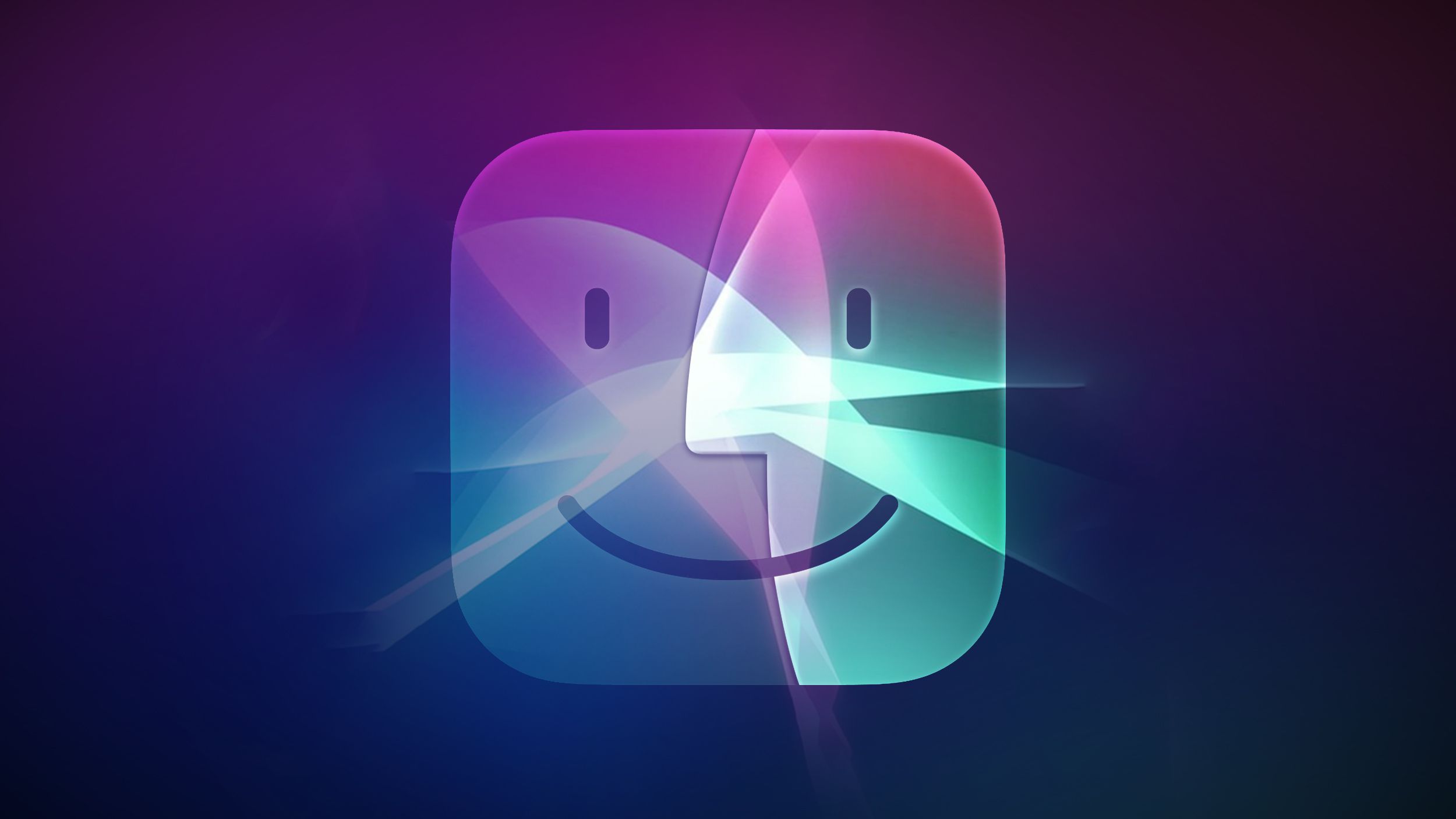With macOS 26, Apple has quietly ended support for FireWire. For many, it’s a footnote in a changelog. But for those who lived through the late 90s and early 2000s, FireWire was the high-speed, forward-thinking port that felt like the future. And in many ways, it should have been.
So I thought this was the perfect time to do a little eulogy for the connection standard that could have been a contender.
The Rise of FireWire
FireWire, officially known as IEEE 1394, was Apple’s answer to the limitations of SCSI (“Scuzzy”. Yes really.) and the shortcomings of early USB. FireWire started development in 1986 (the year of my birth!) and finished it by the mid-90s. It absolutely bodied USB 1.1 when it came to throughput.
While USB 1.1 pottered at 12Mbps, FireWire could hit a theoretical maximum of 400Mbps with its debut. To give that some context, USB 2.0 has an upper limit of 480Mbps, so it’s no exaggeration to say FireWire was a whole generation ahead of the game. FireWire would later double this to 800Mbps in subsequent versions.
It’s not just about speed either. FireWire has a long list of tricks like daisy-chaining multiple devices, robust hot-swapping, and an architecture that allows devices to talk directly to each other without dragging the CPU into the equation.
Why FireWire Mattered
In an era when external drives often meant SCSI terminators, cryptic jumpers, and unreliable parallel port hacks, FireWire was a revelation. It’s one major reason Apple computers became synonymous with professional creative use. You definitely didn’t want to transfer gigabytes of video over USB 1.1!
That daisy-chaining capability meant that you didn’t need a bunch of ports on your computer either. Just pass the signal through each device and they’ll sort it out among themselves.
Even when USB 2.0 became available, FireWire still outperformed it in real-world scenarios. Especially with later full-duplex versions of the standard. Despite USB 2.0 having more theoretical bandwidth, it needed a good CPU in the system to sustain it, while FireWire didn’t.
FireWire in the Creative World
I mentioned that FireWire found a solid niche in the creative world, but I think that’s underselling it. FireWire was so important to digital video workflows, that DV cameras had a FireWire port built in. This meant if you wanted to work with DV professionally, you needed a Mac or a PC with a FireWire card.
It wasn’t just video either. FireWire was key to low-latency, professional audio workflows. External drives with FireWire were viable for professional use whereas USB wasn’t at the time. While FireWire wasn’t technically exclusive to Macs, Apple capitalized on it by including it built into their computers. Combined with the creative software packages on the Mac, it cemented the image of the Mac as the place where video, audio, and photographic work happened.
The Slow Decline
So why are we all using USB today instead of FireWire? Well, first off, Thunderbolt is effectively the successor to FireWire, including that wonderful ability to daisy-chain devices. That said, Apple is possibly partly to blame thanks to the royalties it charged for FireWire hardware. That’s a habit it never really shook. The same is true for Lightning, still found on most extant iPhones. If you want to make an accessory that works with Lightning, you need to pay Apple a cut for certification.
USB 2.0 was “good enough” for most people, and Microsoft had better support for USB on Windows systems, so these factors all worked independently to limit the spread of FireWire. Apple itself pivoted to Thunderbolt on its Macs as well, and slowly, but surely FireWire was left behind.
FireWire’s Lasting Legacy
In a way, it’s surprising that FireWire support stayed on macOS all the way to 2025. A full thirty years later, the world experienced it for the first time. To me, that means, until recently, enough people were still using FireWire peripherals that keeping support was justified. Though, of course, Apple had long ago phased out FireWire hardware support in its computers.
But, the world of computer technology keeps moving on, and Apple is still contributing to cutting-edge peripheral connection technology to this day. In many ways, USB 4 and Thunderbolt have merged and overlapped, which means for many users it doesn’t matter what they plug into their Mac or PC, it should work just fine. So while FireWire could have been the king, history went another way. So farewell and rest easy FireWire.
- Ports
-
10
- USB Power Delivery
-
Yes, up to 140W
- Power supply included
-
Yes
- Max display res.
-
8K 60














